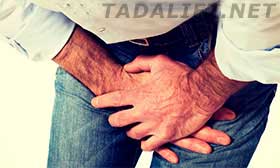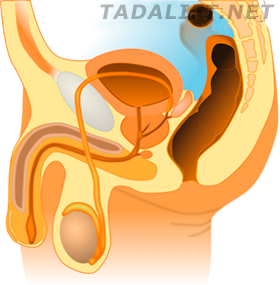Physiologically, testicles are covered with skin known as the scrotum. The testicles hang outside the body, which presupposes their frequent damage. Blunt trauma becomes the reason for over 85% of instances of testicular complications. Most commonly, the injuries are gained as a result of a motorcycle accident, bicycle accident, getting hit by some object or getting kicked. In other instances, related problems can pierce or cut the scrotum, advancing the risk of testicular damage.
Generally, all the damages of the testes can be divided into several types, including:
- Degloving, when the scrotum is torn away;
- Epididymitis disorders, triggering infection or inflammation;
- Infections presuppose mainly animal bites and a range of other complications related to the scrotum;
- Fracture or rupture. As a result of an injury, the scrotum can be torn or ruptured, advancing the risk of testicular damage;
- Torsion. Twisting of the spermatic cord can negatively affect the testicles;
- Contusion. Bleeding and bruising are the top symptoms of the disorder caused by the damage of the blood vessels within the testicles;
- Dislocation;
- Hematoceles.
Symptoms of Dangerous Testicular Injury and Available Treatments
While the symptoms of the condition may vary a bit, depending on the type you have got, some of them will remain the same, especially:
- Fever;
- Urination disorders;
- Bloody urine;
- Swelling of the scrotum;
- Dislocation or bruising of the scrotum;
- Nausea and others.
It is necessary to contact a medical specialist immediately if you have noticed disorders or complications related to the testicular health. Your doctor will diagnose the condition and prescribe the treatment, depending on the type and severity of the condition, as well as overall health state.
Major treatments for testicular damage may include:
- Pharmaceuticals eliminating pain and inflammation;
- Ice pack placed against the scrotum;
- Avoidance of strenuous activity;
- Antibiotics use in order to prevent infection;
- Jockstrap supporting the testicles, etc.

